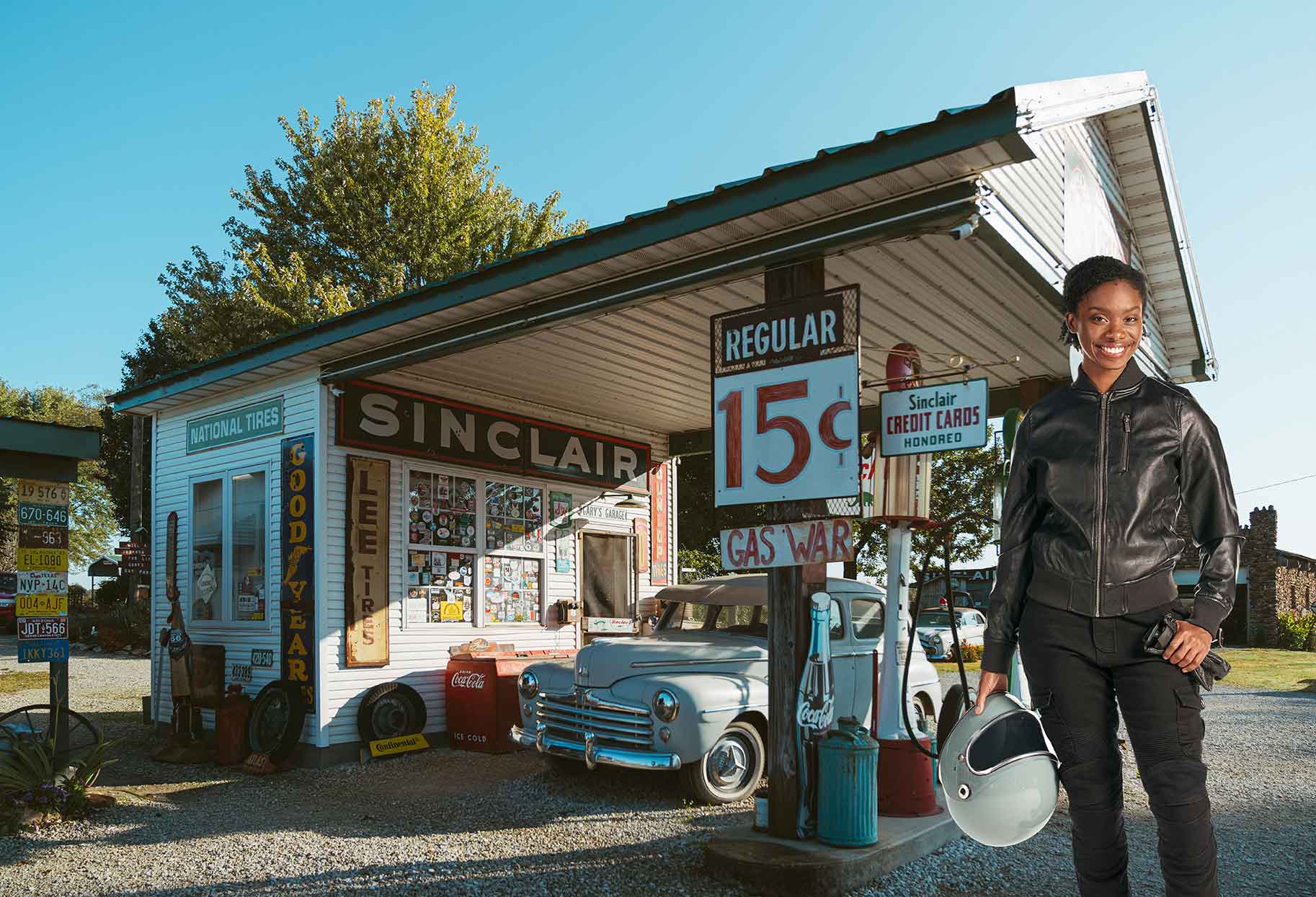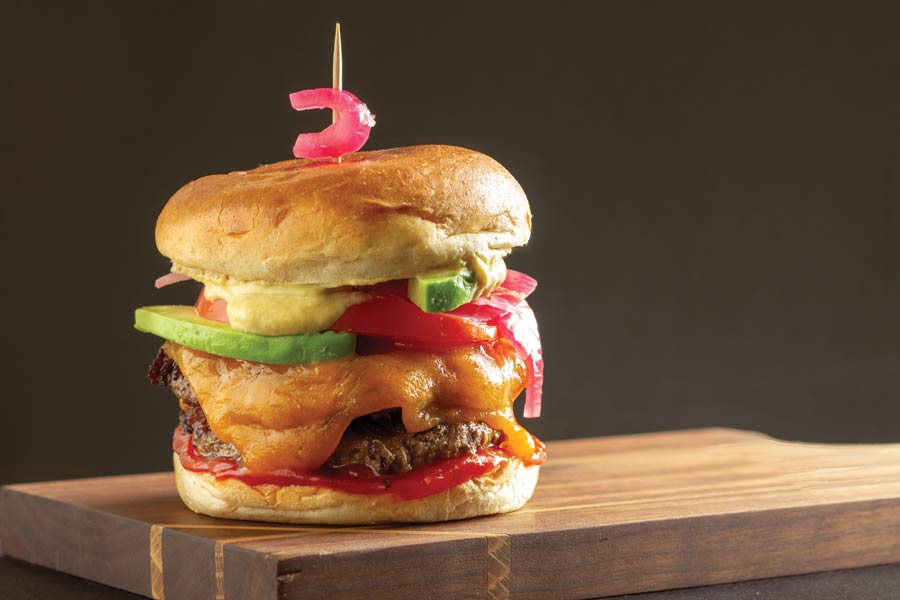This trip was a long time coming.
My friends and I originally planned to ride our bikes the length of the Way of American Genius, which runs from St. Joseph to Hannibal (and vice versa), last November. But a covid-exposure scare forced me to shut that ride down just days before it was set to begin.
I had read all about the route, envisioned where we would stop, tasted the peanut butter M&Ms (my go-to biking snack), and washed them down with long sips of ice-cold red Gatorade (my go-to biking drink). As I daydreamed, I could almost feel my tires hitting bumps, my hands making turns, my hips groaning at overuse.
As disappointed as I was, delaying the trip was for the best, covid or no covid. The three-day ride covers roughly 250 miles. That distance takes many hours to cover, and we needed more sunlight and heat than November offered.
It was definitely smarter to do it in May, and so I arrived in St. Joseph brimming with excitement, eager to pedal until my heart rate soared.
Little did I know my heart rate would be sky high before the ride really began.
I straddled my bike and looked down. Five minutes into a three-day ride from St. Joseph to Hannibal, I was atop a hill far taller and steeper than any I had ridden in training rides. Worse than the size or slope of the hill was what awaited my eight friends and I at the bottom: an intersection.
Dull gray clouds threatened rain as I pondered the hill and the ominous start to this ride along the Way of American Genius. Did we have to start on a hill? Did we have to start on a hill this big? Did we have to start on a hill this big that would have cross traffic at the bottom of it? Yeses across the board. But the longest rides start with one crank of the pedal, so I squeezed the handlebars tight, picked my feet off the ground, and started rolling.
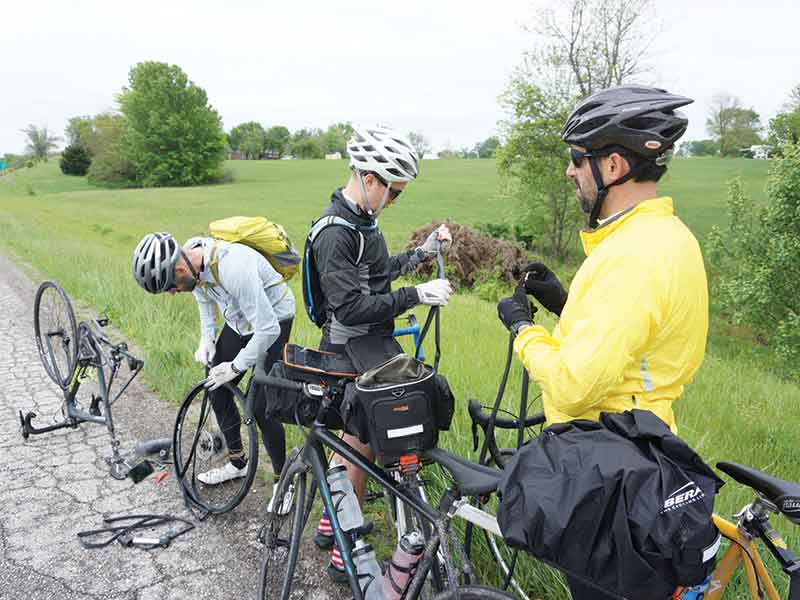
I began this ride with the opposite view of hills of most riders: I enjoy going up and get stressed about going down. Much of my bike riding as an adult has been on the Katy Trail and similar greenways, which are generally flat to accommodate riders of all skill levels. You go only as fast as your body will propel you. That’s the pace I prefer. Even when I work as hard as I can, I don’t reach speeds fast enough to push me out of my comfort zone.
But on the Way of American Genius—which roughly follows Highway 36 west-east/east-west—gravity would take me to my comfort level, and beyond, and quickly. It wasn’t the speed that worried me; it was the sudden stopping by flying off the bike and smashing my face into the pavement.
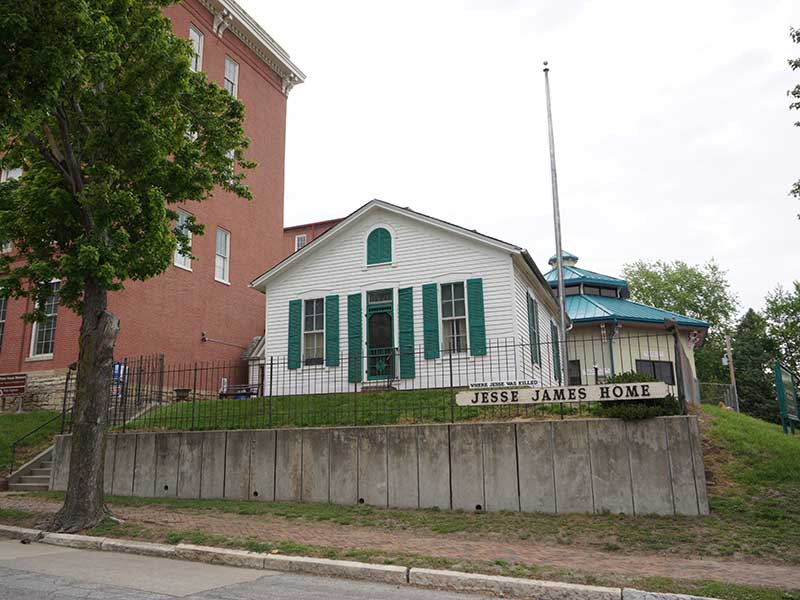
Or, as was the case in St. Joseph, arriving at the bottom of a hill, being unable to stop for an intersection, barreling into it and … I don’t want to think about the rest. I stopped far short of the first intersection, and the second, and the third. It was safer, to be sure, but also robbed me of momentum and forced me to work harder to get back up the hills that were inevitably on the other side of the stop signs.
Up, down, stop.
Up, down, stop.
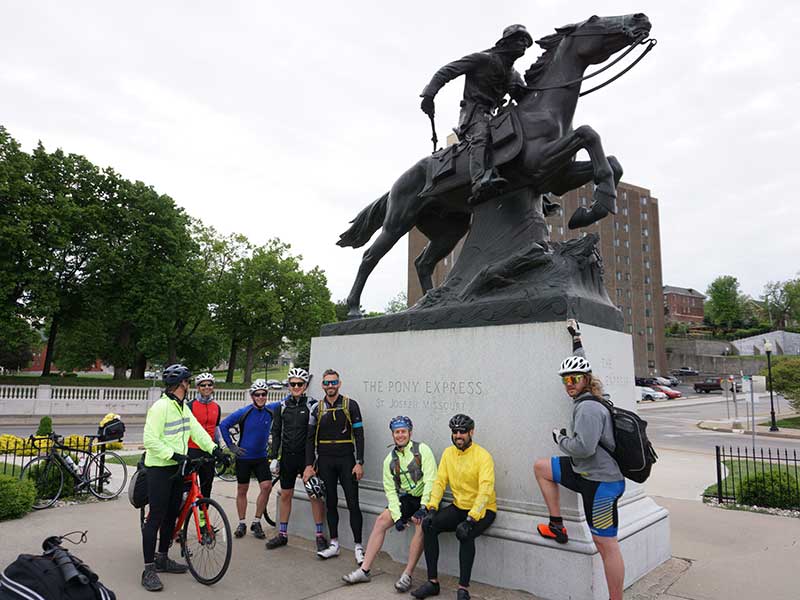
This ride was exactly like life in the last year and a half.
Since falling in love with long-distance bicycling two years ago, I have tried to figure out what I like about it so much. There’s something primal about getting from point A to point B, the farther the better, using only your own power (and gravity). There’s something carefree about hearing the wind whistle through your helmet and something cathartic about getting on my bike stressed, putting in a good hour or six, and getting off of it unstressed.
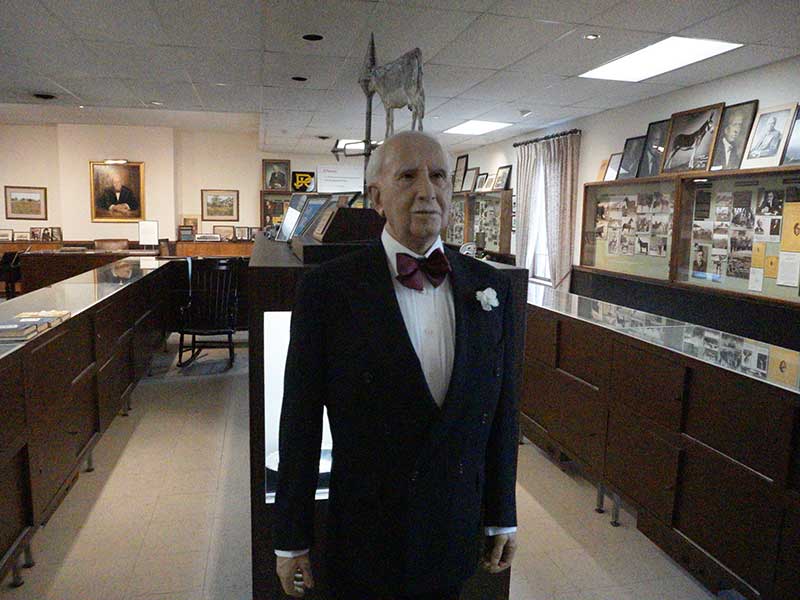
Those are all part of what I love about bike riding. But they are not the main reason. During a time in American history marked by fits and starts, by life feeling like an endless parade of up, down, stop, over which we have no control, I take delight in going at my own pace. I love beginning my rides when I want, ending them when I want, and getting to my destination not when I have to or even want to, but simply when I do.
On every great bike ride, I eventually find a state of independence that keeps bringing me back to the saddle. I found it late in the afternoon on the first day as we approached Chillicothe, where we would spend the night after logging one hundred miles. Seven friends rode far ahead of me. They cut the path for me, and I took comfort from that. They would stop and/or turn back if there was a closed road or danger or something else blocking our forward progress. If they ran into trouble, I would arrive soon to help them. Another friend brought up the rear behind me. I cut the path for him, and he would be there soon to help me if I needed it.
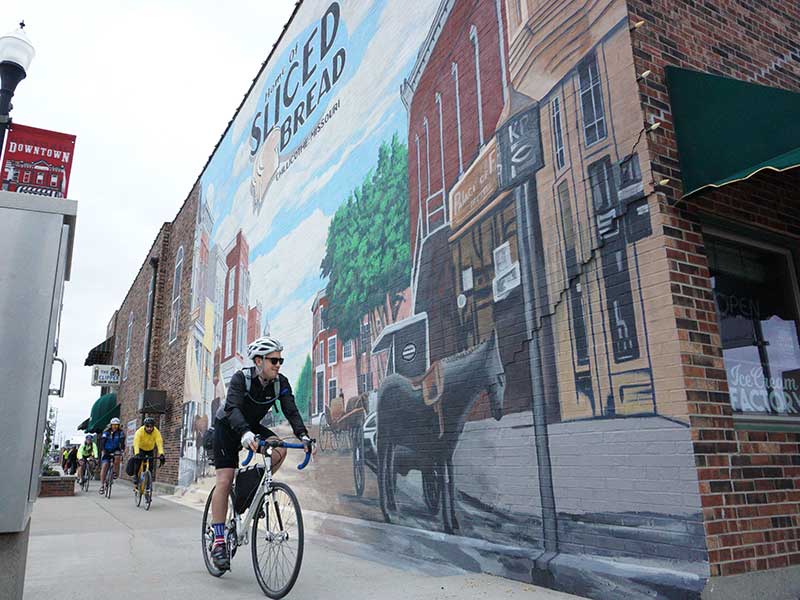
“It’s both freedom and security,” says Dave Fiedler, the author and cyclist who designed this route for the Missouri Highway 36 Heritage Alliance in 2012. I interviewed him before and after the ride. Before, he got me excited to go. After, he was excited to hear about it. “You can have that sense of independence, but you know if something goes wrong, you’re not on your own.”
Wrapped in a freedom-security cocoon—protected by friends in front and back—I alternately rode as fast and as slow as I wanted. I ate when I was hungry (peanut butter M&Ms) and drank (red Gatorade) when I was thirsty. It’s not that there were no ups, downs, or stops. It’s that I had agency in completing them.
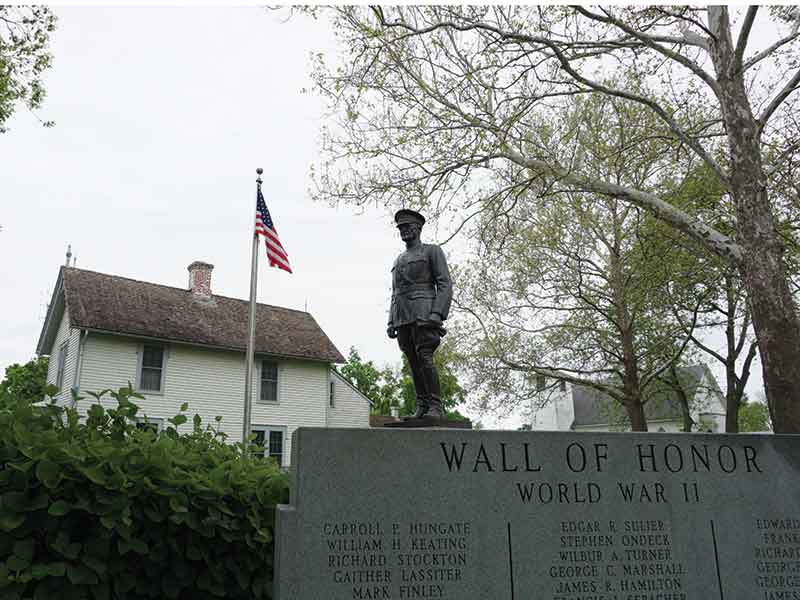
Occasionally I looked back both to see how far I had come and to make sure my friend Brady Nelson was there. But life is best lived with eyes forward, so I focused on the next little bit in front of me.
The road unspooled toward me, long, gray, undulating, coming only as fast as I would let it. I lost myself in imagining I could freeze time right now, or rather, that time would go on exactly like this. I wanted to go at exactly this speed in exactly this weather with exactly these friends. There was nothing I would change, not even the hills.
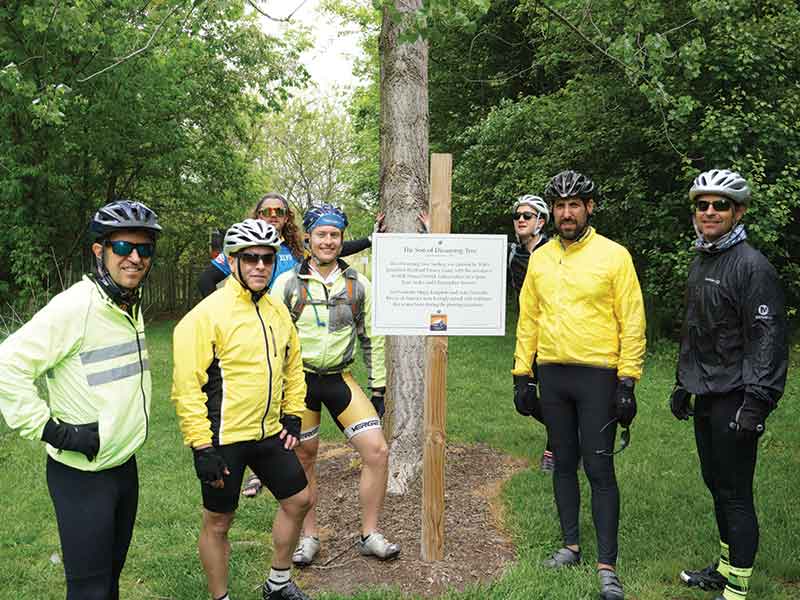
This reverie went on for who knows how long. It broke when I saw a flicker of movement to my right. Out of the marsh arose a heron, blue-gray like the storm clouds that troubled me that morning. It flew behind me. I craned my head to watch it go, though not for long, as I can’t ride straight with my head swiveled, and I didn’t want to survive the intersections in St. Joseph only to ride into traffic.
The route is called the Way of American Genius because of the historic icons and places you encounter along the way. Taking the west-to-east route, we opened with the starting point of the Pony Express, closed at Mark Twain’s boyhood home, and in between, we visited the hometowns of J. C. Penney (Hamilton), General John J. Pershing (Laclede), and Walt Disney (Marceline), along with the birthplace of sliced bread (Chillicothe).
“It’s not just getting out there and grinding out the miles,” Dave says. “You have a chance to really experience some fun, cultural, and historical attractions as well.”
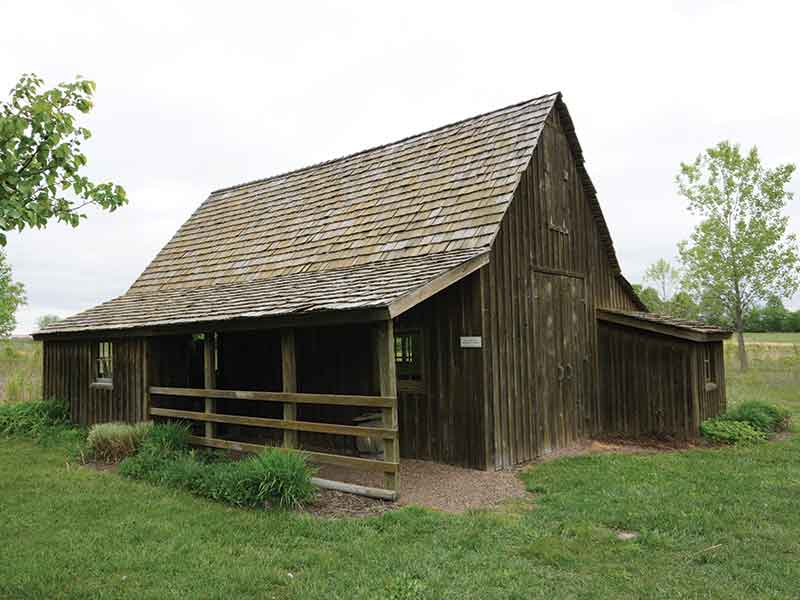
We were almost to Disney’s hometown of Marceline when our adventure turned cartoonishly bad. We suffered seven flat tires in an hour. One of our hand pumps wouldn’t work, so Brent Mathany pushed his bike to WalMart, bought a pump there and filled up his tire. He started to pedal back to the highway, and got another flat in the parking lot.
Bryan Thomas labored to change a flat on the side of the highway. A friendly motorist stopped, threw Bryan’s bike into the back of his pickup, and gave him a lift into town. Bryan found it far easier to fix his tire in the quiet, peaceful park in the center of town than on the noisy, chaotic roadside shoulder.
Hoping to avoid more problems, my group of three (two of whom had already fixed flats) turned off the highway and onto a gravel road, which turned out to be trading the frying pan for the fire.
Air stayed in our tires, but we couldn’t draw it into our lungs fast enough. Our legs burned from the extra effort required to ride on gravel. When I interviewed Dave before the trip and expressed concern about heavy traffic on highways, he said I’d be more likely to broadside a cow than a car. For this section, at least, he was right. A half-dozen ran alongside us, though they stayed well behind the wire fence. I made a mental note to steal a joke from a friend and call those running cows “long-tailed meadow bears.”
Meanwhile, Brent’s tire woes continued. By the time he reached Marceline, he had burned through four tubes (the sidewall of his tire had a rip in it). He paid a waiter at Ma Vic’s Corner Cafe fifty dollars for a ride to our hotel in Macon.
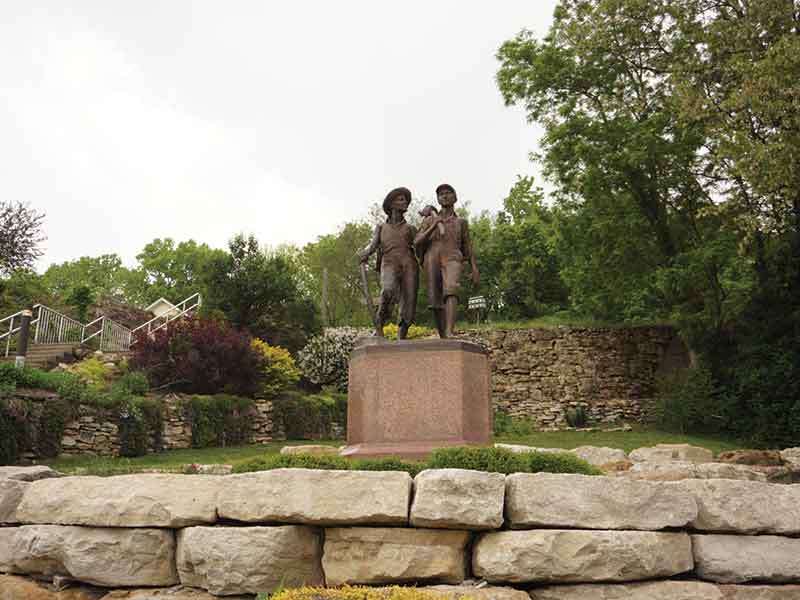
Ma Vic’s offered hot coffee, delicious hamburgers, and smiles so abundant we forgot the troubles of the previous hour.
Our state’s two great rivers bookended our ride, the Missouri on the west and Mississippi on the east. Their beauty, and to an extent Missouri’s, comes from their size, strength, and power.
In between those rivers we rode 250 miles, the majority of it through green, yellow, and brown fields. By the third day, I felt embedded in their monochromatic sameness, which rolled as far as I could see and kept going after that.
We hit the road early on Sunday, piling up miles on Highway 36 before heading north on 151 at Clarence. The highway slithered ahead of me, a black snake baking in the morning sun. Few cars passed us. Because of that, the white line near the shoulder served more as a guideline than a tightrope. I stuck close to it, of course, but I drifted a few feet left to allow margin for error as I let my eyes survey what surrounded me.
So much green in every direction, until suddenly a burst of purple snapped at me like a midnight thunderclap. Across the highway, tiny flowers grew along a barbed-wire fence, making a stripe roughly the height of my shin to my waist.
I almost yelled to my friends to tell them to stop so they could exult in the glory of these little gifts. But they were too far ahead, some of them going up, some of them going down. I stopped and let my eyes follow the flowers. They continued for maybe twenty feet. I looked to my right at the fence there. The flowers crawled along it, too. I wondered: had I missed these beautiful but subtle pieces of scenery all along? Or had I stumbled into an oasis of color?
I’ll never know. But I learned on this trip that there is beauty in Missouri’s minute details, too, you just have to go slow enough to see it. “It seems like a homogenous landscape, perhaps,” Dave says. “But you’ve got amazing creeks, or some of it is human construction—an old weathered barn or even a classic car that’s been parked under a tree for the last forty years.”
Indeed, we leaned our bikes against an ancient Lincoln as we repaired the first of Brent’s five flats on Sunday—yes, the poor guy had nine flats in two days.
A few hours later, I entered Shelbyville, entranced by the ride like I was near Chillicothe—emotional bookends just like the rivers provide physical bookends. My arrival coincided with the town stirring to life. The air buzzed with lawn mowers and weed whackers. Well-kept houses and manicured lawns drifted slowly by me.
This time my pedaling peace was disrupted not by a giant heron but by little girls. I saw them off to my left as they played in Kessler Park, just east of downtown Shelbyville. There were no adults with them, which made me smile; I have two daughters, and to send them to the park to play unattended is to prepare them for life in a way hovering over them never can.
I felt a twinge of jealousy. I wished I could do nothing on a Sunday but play. Then I remembered I was riding my bike for eight hours for the third day in a row. As I approached the park, I watched them ride the teeter-totter—up, down, stop, up, down, stop.
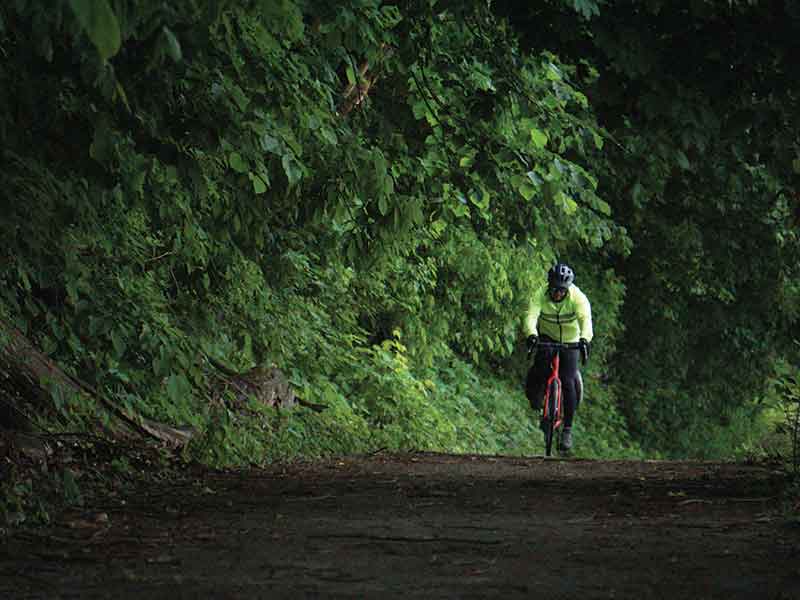
As I rode past them, they repeatedly shouted, “give us a hoy yeah!” I looked over my left shoulder, shouted that back at them, and their cheers in response added rocket fuel to my tired legs.
I returned my eyes to the road and loosened my grip ever so slightly. The ride continued—more ups, more downs, more stops. I was thirty miles deep already that day. I pedaled on the final forty-five miles to Hannibal, thankful for the vast beauty and minute details the Show-Me State had shown me, even though I had to wait so long to see it.
St. Joseph
Jesse James Home Museum 1201 S. 12th St.
Pony Express Museum 914 Penn St.
Walter Cronkite Memorial 4525 Downs Dr.
Chillicothe
Home of Sliced Bread, Downtown Mural 709 Washington St.
Grand River Historical Society Museum 1401 Forest Dr.
Hamilton
J. C. Penney Museum 312 N. Davis St.
Missouri Star Quilt Company 114 N. Davis St.
Laclede
General John J. Pershing Boyhood Home State Historic Site
1100 Pershing Dr., #0141
Marceline
Walt Disney Hometown Museum 120 E. Santa Fe Ave.
Walt Disney Dreaming Tree and Barn 275 W. Broadway St.
Hannibal
Mark Twain Boyhood Home and Museum 120 N. Main St.
Molly Brown Birthplace Museum 600 Butler St.
Photos // John Urhahn

